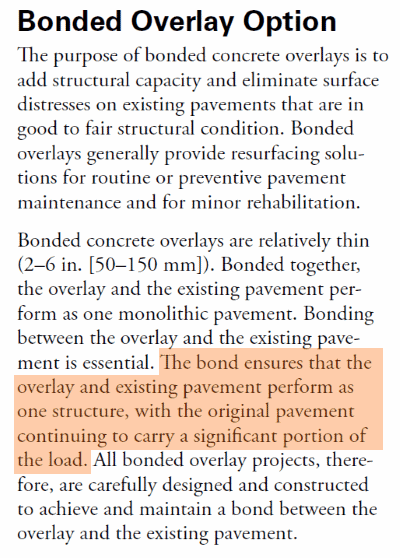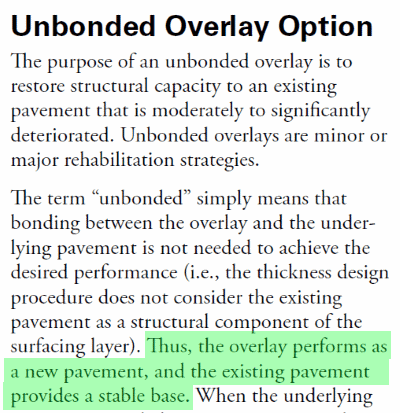bvbuf
Structural
- Jan 22, 2003
- 30
I have an existing building being repurposed to a storage facility. The existing slab on grade is 4" It needs to be 7" for the interior wall loading. The owner does not want to remove and replace or cut up the existing to add thickened areas. The existing building was retail.
Can I place 3" on the existing 4" slab and call it good?
Would I need to bond the slabs? If so, roughen slab and add epoxy?
Would I also need to mechanically attach the topping? I do not expect forklift traffic.
If bonded, I understand about reflective cracking.
If I go with unbounded, does the "topping slab" have to be the full 7" thick?
Is there a publication that specifically addresses this?
Thanks
Can I place 3" on the existing 4" slab and call it good?
Would I need to bond the slabs? If so, roughen slab and add epoxy?
Would I also need to mechanically attach the topping? I do not expect forklift traffic.
If bonded, I understand about reflective cracking.
If I go with unbounded, does the "topping slab" have to be the full 7" thick?
Is there a publication that specifically addresses this?
Thanks

![[idea] [idea] [idea]](/data/assets/smilies/idea.gif)
![[r2d2] [r2d2] [r2d2]](/data/assets/smilies/r2d2.gif)

